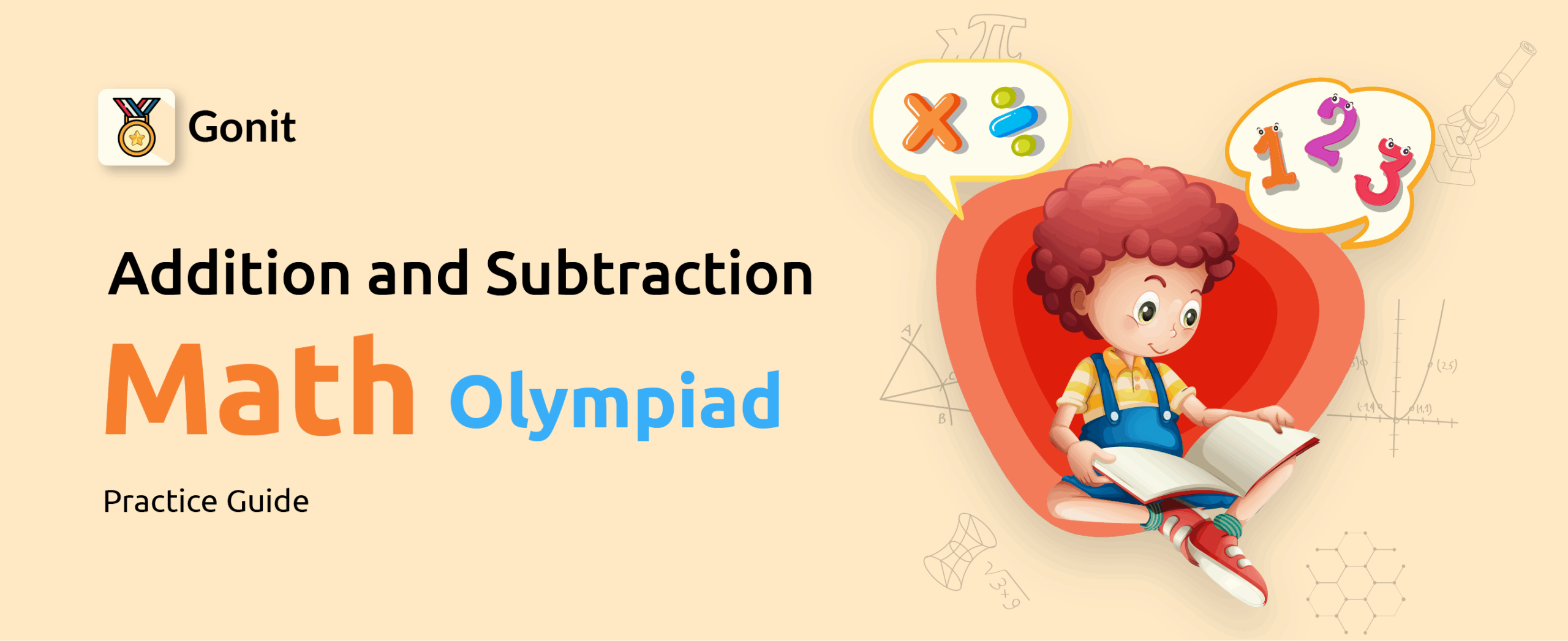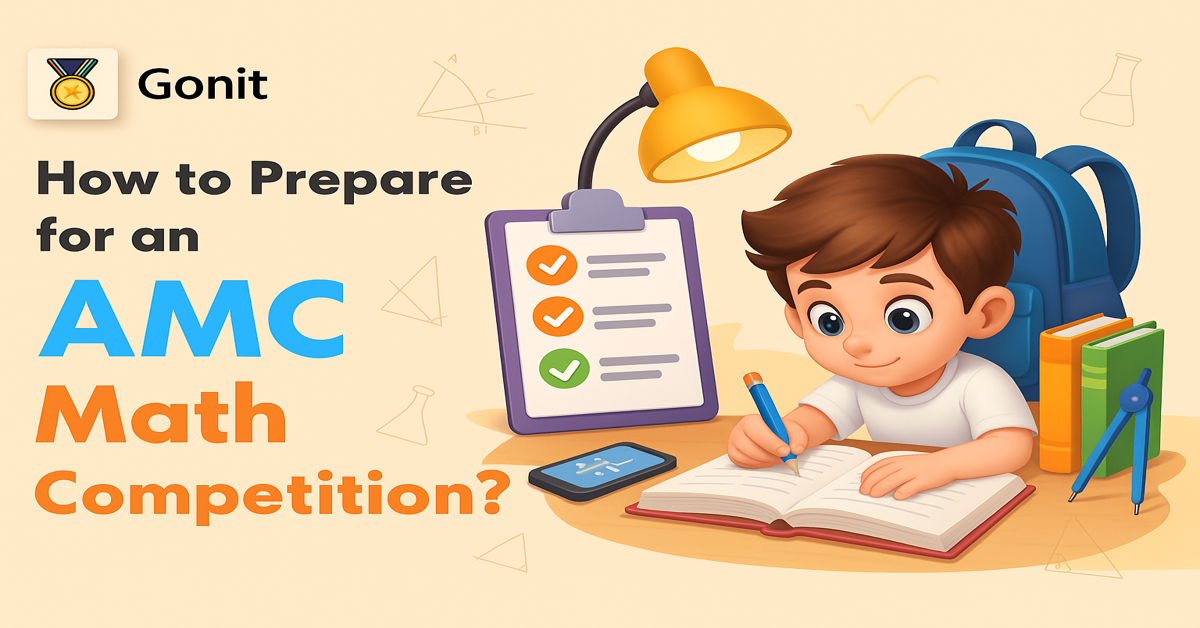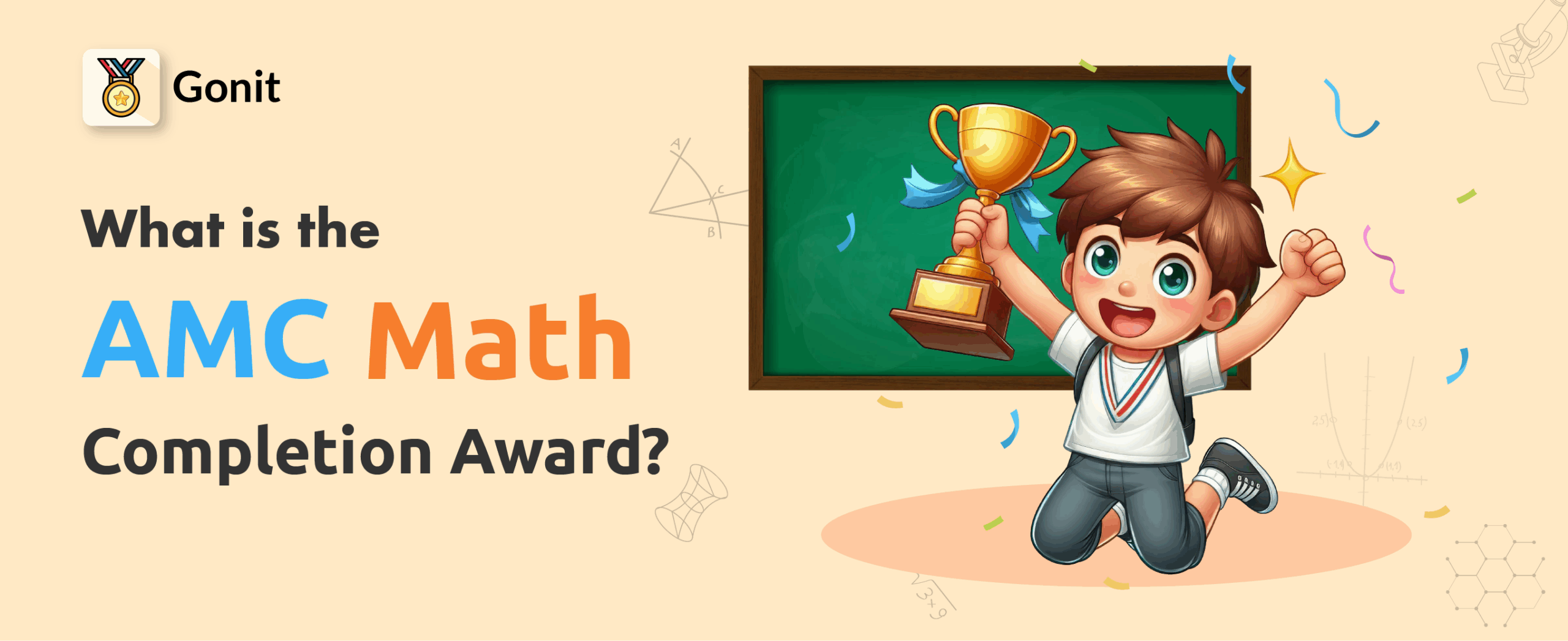Math Olympiads are a great way to introduce young learners to the world of numbers and logical thinking.
For Class 1 students, the core focus is usually on addition and subtraction, which form the foundation of many other math concepts.
Whether your child is a first-time Olympiad participant or you’re just looking to strengthen their basic arithmetic skills, this guide is designed to help.
Let’s explore how you can make addition and subtraction fun, effective, and Olympiad-ready for your Class 1 child.
Why Focus on Addition and Subtraction in Class 1?
Addition and subtraction aren’t just operations—they’re life skills. From calculating candies in a jar to figuring out how many toys are left after sharing, these skills are used every day.
In Math Olympiads, students are tested not just on their speed but on how well they understand concepts.
Key benefits of mastering addition and subtraction:
- Builds number sense early on
- Helps children recognize patterns
- Improves problem-solving ability
- Prepares for multi-step problems in later classes
Topics Covered in Class 1 Math Olympiad for Addition and Subtraction
In most Olympiad syllabi for Class 1, addition and subtraction questions go beyond basic sums. Here’s what your child needs to practice:
- Single-digit addition and subtraction (e.g., 4 + 3, 8 – 5)
- Two-digit addition and subtraction without regrouping (e.g., 23 + 15, 47 – 26)
- Missing numbers in equations (e.g., 6 + __ = 10)
- Word problems (simple one-step problems)
- Use of number lines
- Vertical addition and subtraction
- Concept of zero in subtraction (e.g., 5 – 0)
Olympiad Practice Tips for Addition and Subtraction
Here are some smart strategies to help your child prepare for Class 1 Math Olympiad:
1. Use Real-Life Objects for Practice
Use everyday items like pencils, buttons, or toys to practice simple addition and subtraction. This helps kids visualize numbers and understand quantity better.
Example: You have 3 apples. You get 2 more. How many apples now? (Child counts and answers: 5)
2. Incorporate Number Lines
A number line is a great visual aid. Teach your child to move forward for addition and backward for subtraction. Olympiad questions often include number line problems.
Example:Start at 6, move 3 steps forward. Where do you land? (Answer: 9)
3. Practice Mental Math
Olympiad questions often test speed and mental calculation. Encourage your child to solve small sums without writing.
Start with:
- 5 + 2
- 7 – 3
- 10 + 0
4. Solve Word Problems Together
Reading comprehension is also tested in word problems. Read the question slowly, underline numbers, and help your child identify whether it’s an addition or subtraction problem.
Example: Mina had 9 balloons. 4 flew away. How many are left? (Child subtracts: 9 – 4 = 5)
5. Use Workbooks and Math Olympiad Practice App
Get age-appropriate Olympiad books or download practice worksheets from reliable sources. Solve at least 4–5 problems a day consistently to build speed and accuracy.
You can also use the Gonit App, which covers Addition and Subtraction for Class 1 with interactive quizzes, daily challenges, and concept-based learning designed specifically for young learners.
6. Mix Concepts with Fun
Use games, apps, or flashcards to keep your child engaged. When learning is fun, kids stay interested and absorb faster.
Common Mistakes Class 1 Students Make (and How to Avoid Them)
- Mixing up addition and subtraction signs: Practice symbol recognition with flashcards. Make them say “+ means add” and “– means take away.”
- Misreading the question: Teach them to underline numbers and key words like “more”, “less”, “left”, or “total.”
- Skipping steps in mental math: Encourage them to speak their thought process aloud while solving.
- Not aligning numbers properly: Show them how to write numbers in columns for vertical sums, especially two-digit numbers.
Sample Addition and Subtraction Olympiad Questions
Let’s go through some sample questions your Class 1 child might encounter:
Q1: What is 6 + 7?
A) 11 B) 13 C) 12 D) 14
✅ Correct Answer: B) 13
Q2: Fill in the blank: ___ + 4 = 9
A) 5 B) 6 C) 4 D) 3
✅ Correct Answer: A) 5
Q3: Rita has 10 stickers. She gives 3 to her friend. How many does she have now?
A) 7 B) 6 C) 8 D) 5
✅ Correct Answer: A) 7
Q4: What is the result of 15 – 8?
A) 6 B) 7 C) 8 D) 9
✅ Correct Answer: B) 7
Q5: Use the number line. Start at 5 and move 4 steps forward. Where do you land?
A) 8 B) 10 C) 9 D) 7
✅ Correct Answer: C) 9
If you want more practice for your child, install the Gonit App for fun and interactive Math Olympiad preparation.

Resources to Prepare for Class 1 Math Olympiad
Here are some useful tools and materials:
- Books:
- MTG’s International Mathematics Olympiad Workbooks
- SOF Class 1 Maths Olympiad Books
- Apps: Gonit App – The Best Math Olympiad App That Prepares You to Win Competitions!
Final Words for Parents
Math Olympiads at Class 1 level are not about scoring perfect marks—they’re about building curiosity and confidence. Keep the learning stress-free and praise every little progress. Addition and subtraction are stepping ston es to all future math concepts, so ensure your child enjoys learning them.
Keep practicing. Keep encouraging.
And remember—every math champion starts with “1 + 1”!



